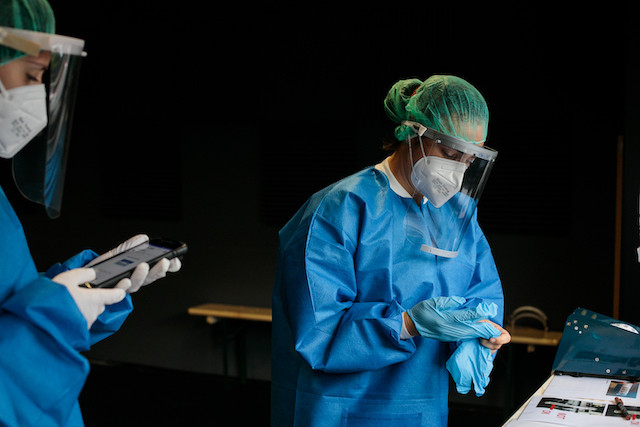Of the 695 new infections recorded in the week ending 26 July, 334 emerged as a result of tests that were carried out from contact tracing activities, where the person tested had had contact with a person who tested positive.
Without a contact tracing app, the method may be onerous but it is “an indicator of the success of our strategy,” Paulette Lenert (LSAP) said.
The minister put the latest figures in context: there was a 30% rise in active infections to 1,382 in a single week, while 8% of people were “cured”.
The effective reproduction rate of the virus fell to 1.01, compared to 1.27, while the positivity rate on the tests carried out rose to 0.83%, compared to 0.72% a week earlier.
The trend in new infections appears to be stabilising, with 695 new infections reported in the week ending 26 July, close to the 685 cases reported a week earlier, which confirmed the resurgence of infections since late June and the start of an anticipated second wave.
Geographically, the south of the country, in particular the canton of Esch-sur-Alzette, remains the most affected in terms of the absolute number of new positive cases, with 788 cases detected between 6 and 26 July. The area also shows the highest number of new positive cases per 10,000 inhabitants, around 43, compared with between 8 and 11 in Clervaux, Vianden, Redange, Echternach and Grevenmacher.
New methodology
The data detailed by Paulette Lenert is also reviewed in their presentation, the minister announced. The daily statistics on the evolution of infections are no longer based on the number of people tested, but on the number of PCR tests carried out. Her goal? To count an infected person only once, and not twice, if he or she tests positive first and then negative.
Similarly, the number of PCR tests refers to the number of tests performed daily. As for the indicators per 100,000 inhabitants, they are based on the number of residents, and not on the total sample of the large scale testing, which also targets cross-border commuters.
“We believe in our testing strategy,” the minister reiterated, as the first phase of the large-scale testing comes to an end. A call for tenders is currently under way for the second phase, and in the meantime, seven testing centres are being put on hold for this intermediate stage before the start of the new school year.
